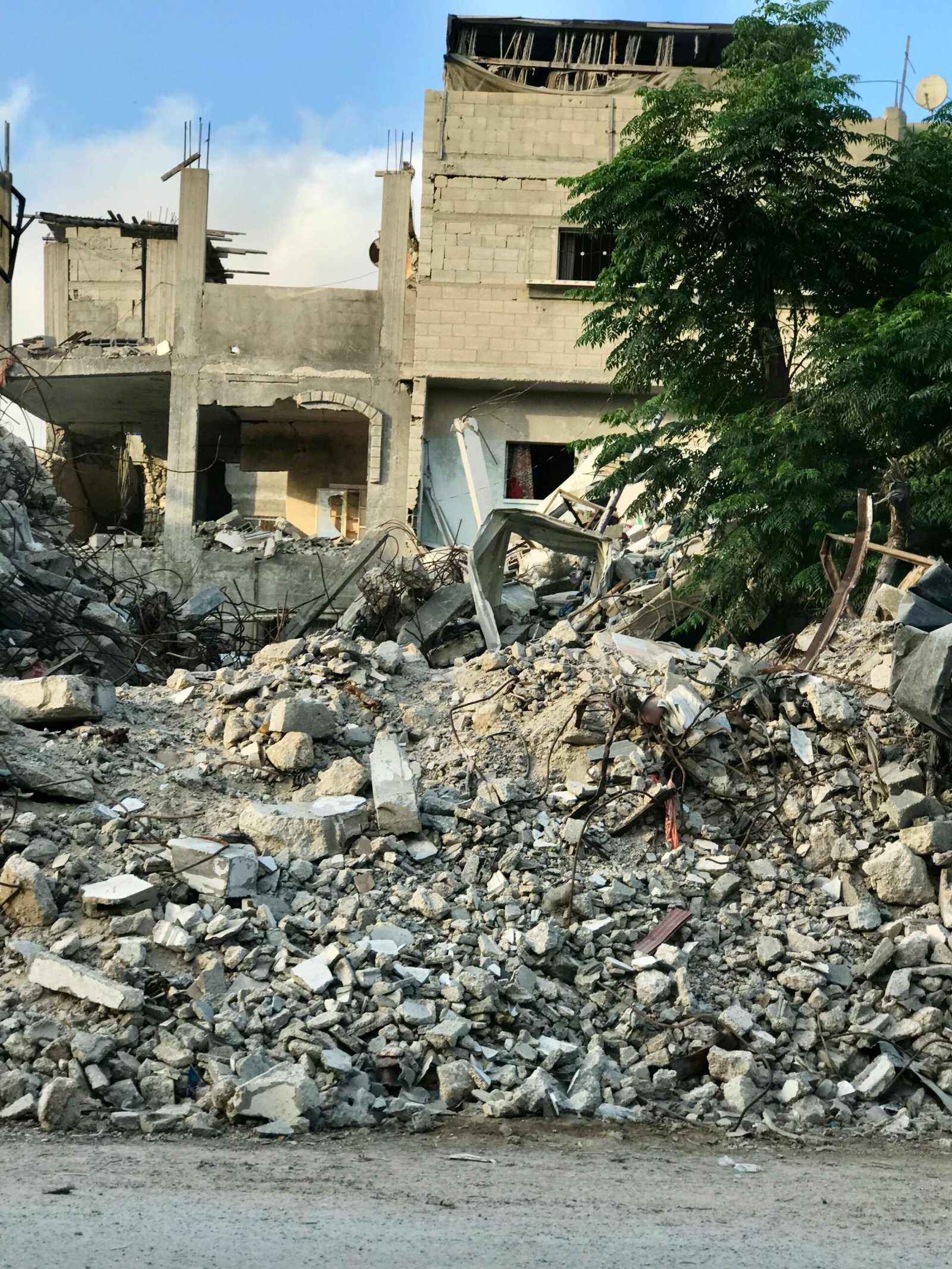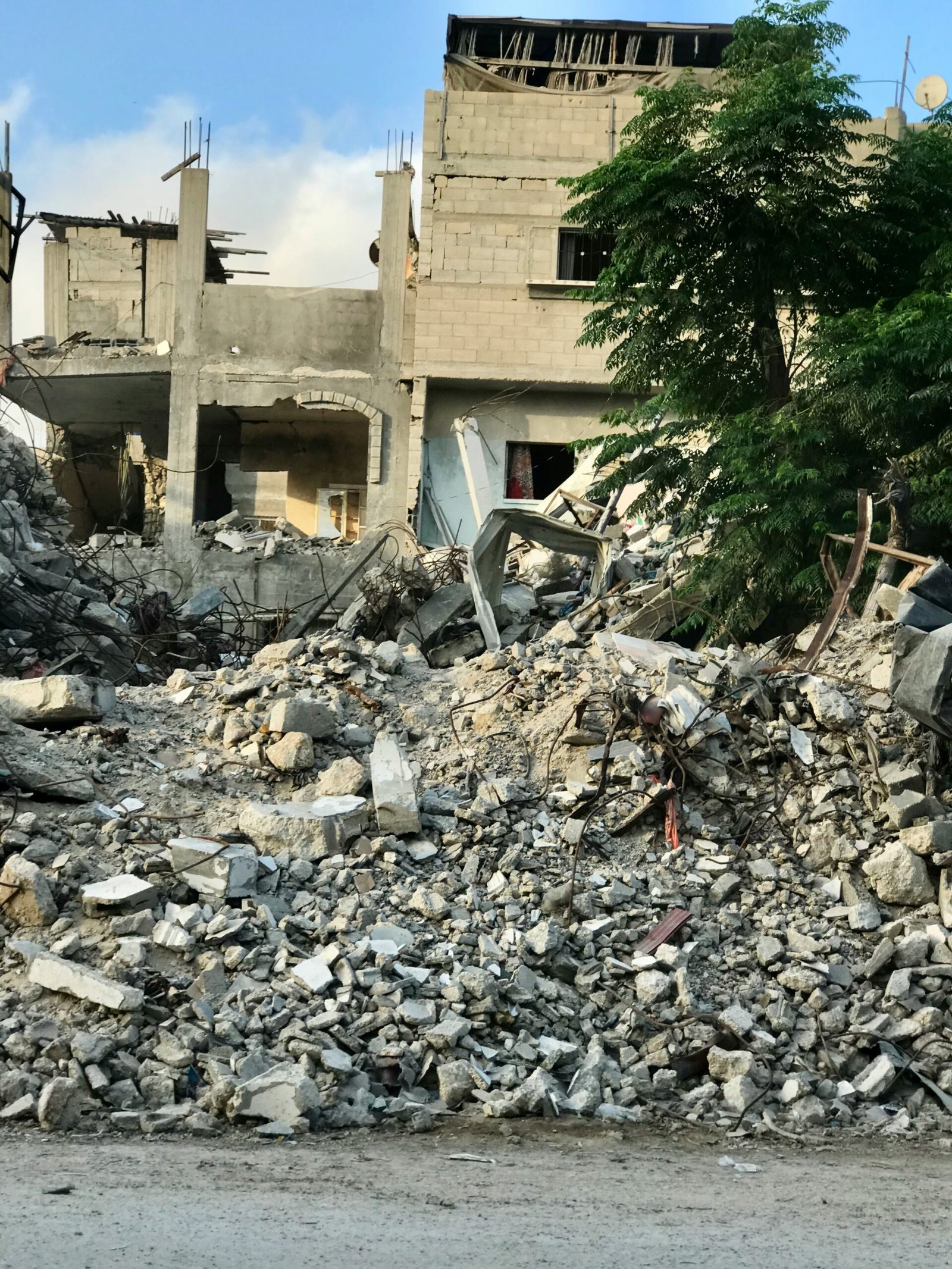Physical Address
304 North Cardinal St.
Dorchester Center, MA 02124
Physical Address
304 North Cardinal St.
Dorchester Center, MA 02124


The conflict in Gaza is deeply rooted in a complex historical backdrop that spans more than a century, marked by a range of political dynamics, territorial disputes, and socio-cultural factors. At the heart of the struggle is the competing nationalisms of the Jewish and Arab peoples, each laying claim to the same land. The establishment of the State of Israel in 1948 was a significant turning point, accompanied by the displacement of a large number of Palestinians, which is referred to by Palestinians as the Nakba, or catastrophe. This event galvanized Palestinian nationalism and seeded long-standing grievances that continue to fuel tensions.
Throughout the decades, various wars and uprisings have occurred, including the Six-Day War in 1967, during which Israel captured the Gaza Strip, along with the West Bank and East Jerusalem. This military occupation has led to numerous conflicts, the most significant being the First and Second Intifadas, which erupted in the late 20th century. Each episode of violence not only resulted in loss of life but also aggravated the humanitarian situation, with numerous civilians enduring severe repercussions. As these events unfolded, global powers increasingly became involved, adding layers of complexity to the situation, as geopolitical interests often overshadowed humanitarian concerns.
The rise of Hamas in the 2000s further complicated the political landscape, as it established governance in Gaza after winning elections in 2006. Consequent divisions between Hamas and Fatah contributed to an enduring blockade imposed by Israel, justified on security grounds, but resulting in catastrophic humanitarian implications for the people living in Gaza. The international community’s response has ranged from support for peace efforts to military interventions, yet the cycle of violence has persisted, reinforcing the plight of Gazans amidst destruction. Grasping this historical context is essential for understanding the ongoing humanitarian crisis and the resilience demonstrated by those who inhabit this besieged territory.
Life in Gaza is marked by an unwavering spirit of resilience, even amidst the backdrop of conflict and destruction. The daily experiences of residents reveal a complex interplay of survival, hope, and the persistent struggle against adversities. Families in Gaza face significant challenges in accessing basic necessities such as food, water, and medical care due to frequent disruptions caused by the ongoing war. The scarcity of resources has forced communities to adapt, with many relying on makeshift solutions to meet their basic needs.
Access to clean water remains a critical concern, as infrastructure has been damaged during various military operations. Many households depend on truck deliveries or water purification systems, which can be both costly and unreliable during times of instability. Food insecurity is another pressing issue, with families often forced to make difficult choices about what to prioritize in their limited budgets. Local markets are sometimes left without fresh produce, leading residents to rely on canned goods and non-perishables that may not provide adequate nutrition for families.
The psychological toll of living in a war zone cannot be underestimated. Constant exposure to violence and uncertainty affects the mental health of individuals, particularly children. Many families have transitioned to residing in temporary shelters, where the lack of privacy and essential amenities exacerbates stress and anxiety. Despite these harrowing conditions, stories of resilience emerge. Individuals and communities unite, establishing support networks to care for one another, sharing resources, and fostering a sense of solidarity amidst the chaos.
Moreover, initiatives aimed at mental health recovery and psycho-social support are integral for coping with the emotional effects of conflict. These programs, often driven by local NGOs and community efforts, help individuals process their experiences, offering a semblance of normalcy in an unpredictable environment. The people of Gaza display an incredible resourcefulness, persistence, and strength, showcasing the human spirit’s ability to adapt and survive even in the direst of circumstances.
The ongoing conflict in Gaza has profound implications for the education system and the younger generation. Military operations frequently disrupt schooling, often leading to school closures and forced displacement of students and teachers. Many educational facilities have been damaged or destroyed, which exacerbates an already critical situation. In an environment where safety is uncertain, children face significant challenges in continuing their education. Daily anxieties regarding personal safety and the well-being of family members can hinder learning and concentration, leading to decreased academic performance and a decline in mental health.
Students in Gaza endure immense pressure as they navigate the complexities of war while striving to achieve their educational goals. Moreover, the prevalence of trauma among children and teenagers significantly hampers their ability to engage meaningfully with their studies. The long-term effects of witnessing violence and experiencing displacement can lead to psychological issues, which may further complicate their educational journey. For many, the dream of pursuing higher education or vocational training becomes overshadowed by the realities of war.
Despite these challenges, educators in Gaza continue to show remarkable resilience, striving to provide a semblance of stability in chaotic conditions. Initiatives such as community learning centers and online education platforms have emerged, allowing students to learn in safe environments. There are numerous stories of hope where parents and teachers rally together to support children’s education. These efforts often transform educational spaces into sanctuaries where children can heal, learn, and interact with peers.
Moreover, various non-governmental organizations focus on addressing the educational needs of the youth in Gaza, providing essential resources and emotional support to mitigate the effects of trauma. As the situation evolves, it remains crucial to prioritize the rights of children to education, ensuring that the younger generation in Gaza can access the opportunities they deserve, even amidst the destruction of war.
The crisis in Gaza has captured the attention of the global community, prompting various international organizations and humanitarian agencies to respond in a concerted effort to alleviate the suffering of those affected. The complexity of the situation requires a multidimensional approach to humanitarian aid, which encompasses immediate relief and longer-term recovery strategies. Organizations such as the United Nations Relief and Works Agency for Palestine Refugees in the Near East (UNRWA) and the International Red Cross are at the forefront of delivering essential services, including medical care, food assistance, and education for displaced families. These efforts are critical, as the ongoing violence has led to considerable destruction of infrastructure and disrupted access to basic necessities.
Additionally, external perceptions of the conflict play a significant role in shaping the response of the international community. Governments and non-governmental organizations (NGOs) must navigate a complex landscape of policy frameworks and political will when crafting aid initiatives. Humanitarian corridors and ceasefires, for example, are often established through diplomatic negotiations, demonstrating how external interventions can influence the situation on the ground. These efforts sometimes face challenges, including restricted access for aid workers and fluctuating security conditions that hinder effective delivery of resources.
Moreover, the global discourse surrounding the humanitarian crisis in Gaza has brought attention to broader implications for international relations and conflict resolution. Policymakers and advocates argue that sustained engagement from the international community is essential not only for immediate relief but also for establishing lasting solutions to the underlying issues. There is an ongoing debate about the balance between providing humanitarian assistance and addressing the political dynamics at play. As discussions around these frameworks continue, it remains vital that the voices of those directly affected are included in the dialogue. Ultimately, fostering resilience amidst destruction requires collective efforts and shared responsibility across borders.